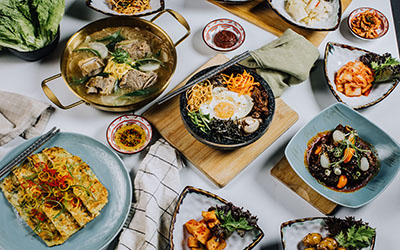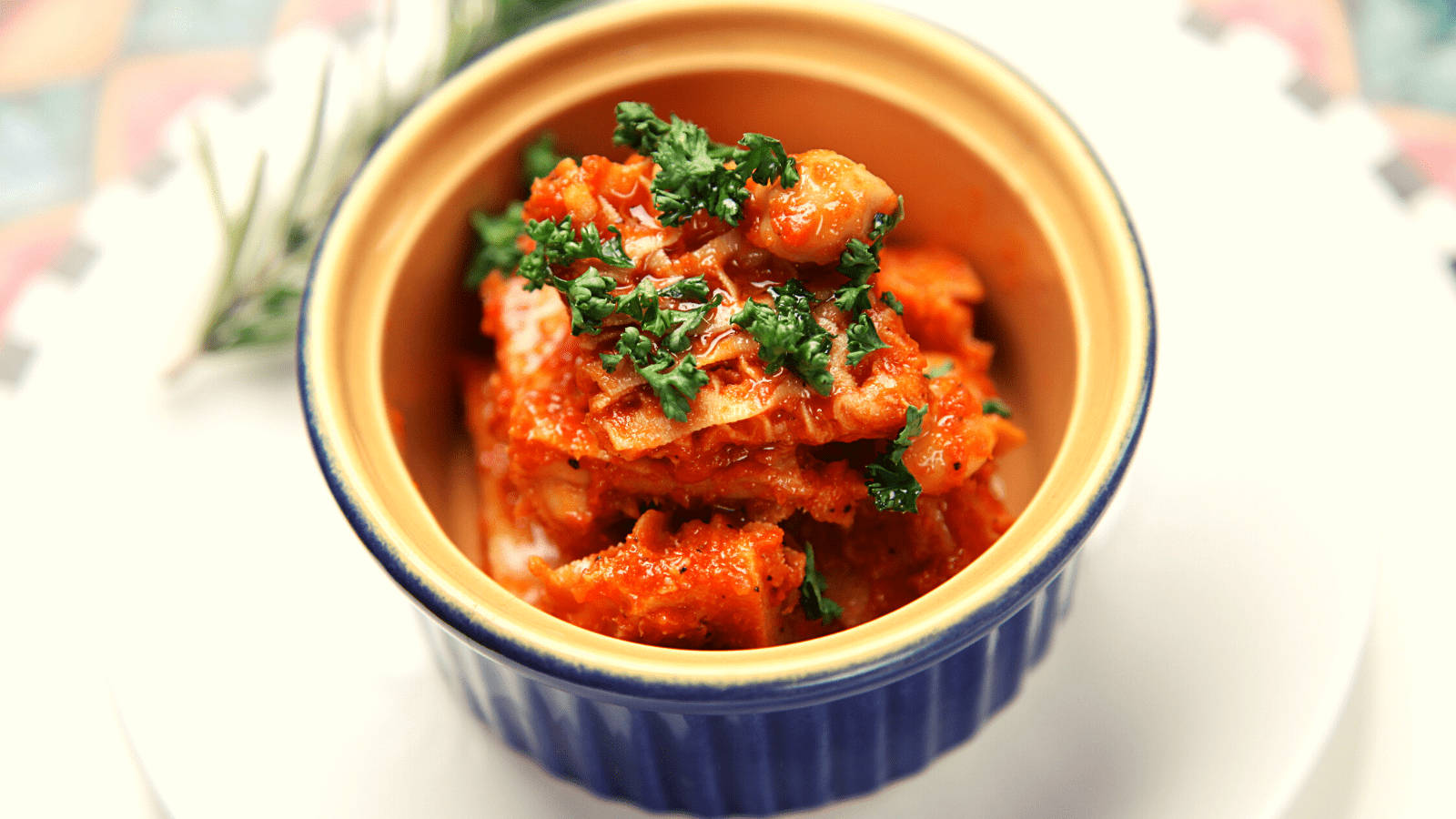Cheong Recipe: A Traditional Korean Staple with a Modern Twist
Guide or Summary:Ingredients:Equipment:Instructions:Modern Twist: Incorporating Cheong into Modern DishesCheong, a traditional Korean fermented soybean past……
Guide or Summary:
Cheong, a traditional Korean fermented soybean paste, is not only a staple in Korean cuisine but also a fundamental ingredient in many regional dishes. This versatile condiment is prized for its rich, savory, and slightly sweet flavor, making it an essential component in both savory and sweet dishes. If you're looking to elevate your Korean cooking game, mastering the art of making cheong is a must. In this article, we'll delve into the traditional recipe for making cheong and explore some innovative ways to incorporate this flavorful ingredient into your modern culinary creations.
Ingredients:
- 1 kg soybeans
- 1.5 liters water
- 1 cup salt
- 1 cup sugar
- 1 cup rice wine or sake
- 1 packet of kombu (kelp)

- 1 packet of nori (seaweed)
- 2 tablespoons of roasted sesame seeds
Equipment:
- Large pot
- Large vat or fermentation container
- Fine mesh strainer
- Large bowl

Instructions:
1. **Soak and Cook the Soybeans:** Begin by soaking the soybeans in water for at least 8 hours, or overnight. After soaking, drain the water and add fresh water to the pot. Bring the water to a boil, then reduce the heat and simmer for about 2 hours, or until the soybeans are tender. Drain the cooked soybeans and let them cool.
2. **Prepare the Fermentation Mixture:** In a large bowl, mix together salt, sugar, rice wine or sake, and enough water to create a brine. Stir until the sugar and salt are completely dissolved.
3. **Ferment the Soybeans:** Transfer the cooled soybeans to the fermentation container. Pour the brine over the soybeans, ensuring they are fully submerged. Add the kombu and nori to the mixture, as these ingredients help to enhance the flavor and provide beneficial probiotics during fermentation.
4. **Ferment the Mixture:** Cover the container with a clean cloth or plastic wrap, ensuring it is tightly sealed. Place the container in a warm, dark place, such as a cupboard or pantry, and let it ferment for at least 4 weeks. During this time, stir the mixture daily to ensure even fermentation.
5. **Strain and Store:** After the fermentation period, strain the mixture through a fine mesh strainer to remove any solids. Transfer the liquid to a clean container and let it settle for a few days. Once settled, transfer the cheong to sterilized jars and store in the refrigerator.
Modern Twist: Incorporating Cheong into Modern Dishes
Now that you have mastered the traditional cheong recipe, it's time to experiment with incorporating this flavorful ingredient into your modern culinary creations. Here are a few ideas to get you started:

- **Cheong Pancakes:** Mix cheong with eggs, flour, and water to create a savory pancake batter. Cook the pancakes on a hot griddle and serve with a side of kimchi for a flavorful breakfast or brunch.
- **Cheong Glazed Salmon:** Marinate salmon fillets in a mixture of soy sauce, honey, and cheong for a few hours. Bake in the oven until the salmon is cooked to your liking. Serve with a side of steamed vegetables for a delicious and healthy dinner.
- **Cheong Dipping Sauce:** Blend cheong with garlic, ginger, and a splash of rice wine vinegar to create a flavorful dipping sauce for sushi, spring rolls, or any other appetizer.
In conclusion, mastering the art of making cheong not only allows you to enjoy this traditional Korean staple in its purest form but also provides endless opportunities to experiment with incorporating this versatile ingredient into your modern culinary creations. Whether you're a seasoned chef or a home cook looking to elevate your cooking game, the traditional recipe for making cheong is a great place to start. So why not give it a try and see how you can infuse the rich, savory, and slightly sweet flavors of cheong into your next culinary masterpiece?